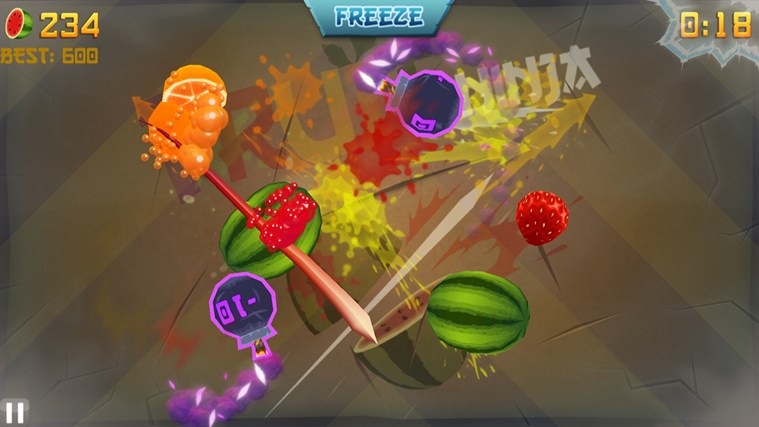 There’s a number of things to be said about the publicity Linden Lab recently attracted for moving developers towards a next-generation version of Second Life.
There’s a number of things to be said about the publicity Linden Lab recently attracted for moving developers towards a next-generation version of Second Life.
It’s bad for OpenSim. OpenSim still draws the majority of its users from Second Life due to the fact that it uses the same interface. If Second Life changes dramatically, there might not be enough critical mass in the OpenSim user base itself to continue to grow.
It’s bad for an open metaverse. Linden Lab has already said the new platform will be closed, proprietary code. If Facebook also decides to go the proprietary route — and, if Apple and Microsoft get into the game, they probably will, to — we’ll end up with a metaverse composed of large walled gardens that don’t interact with one another. Sure, eventually the walls will probably come down. But it wouldn’t be an auspicious start.
It’s bad for current content creators. Do they continue to make things for the existing Second Life platform knowing that there’s no guarantee that they’ll be able to transfer their creations to the next platform?
It’s bad for current residents. Do they continue to purchase content, and work on their builds, knowing that they might lose everything if the next version of Second Life is a success and everyone moves over?
The flip side is that if Second Life v2 is able to attract a large number of new users due to its cutting-edge technology and support for the latest hardware, then the decision to build it would have been good for Linden Lab.
Product thinking vs. platform thinking
Most of these issues come back to one single question: Is Second Life a product, or a platform?
This has been debated numerous times by many people.
We have no way of knowing what the original intent actually was, since we’re not mind readers, and early statements from executives can be read both ways. For a deeper discussion of this, read Hamlet Au’s Second Life is Not the Metaverse — But That’s Not What It Was First Invented to Be and the comments that follow that article.
Today, however, Second Life is most definitely a product.
Specifically, an entertainment product.
And entertainment products have to be refreshed. It’s not enough to have a successful movie or video game. Eventually people stop re-watching or re-playing it. You need to create new content, combine it with cool new technology, and box it up nicely with a big marketing bow.
Products have a finite shelf life.
And products have clear boundaries.

Customers don’t expect to be able to take their developed character from one video game, and play that same character in the next release. Typically, you start fresh — no money, no skills, no equipment — and work your way up as you play. When players pay extra for in-world content, they understand that the goal of the purchase is to improve the game play for that particular game. They don’t expect to be able to take their fancy new Fruit Ninja sword — if there is such a thing — to other games.
Products are typically “one to many” relationships. A company makes a product, and customers buy it. A smart company will listen to its customers to find out what they like and don’t like but, at the end of the day, all decisions are its own.
Products are relatively easy to manage. Most of the stuff out there is products. There are lots of examples to learn from, lots of experienced people to draw on.
Platforms are hard to build, hard to manage
By comparison, the number of platforms out there is much smaller.
A platform is the context in which products are sold. A particular video game console, or operating system, a set of standard for film projectors or video cassette players, an ecosystem of standards bodies, web server software makers and browser developers.
Platforms aren’t simple one-to-many relationships. They usually involve many companies and organizations providing products and services to many customers, though one company might be more dominant than others.
Platforms change slowly. Because platforms have many participants, getting the entire ecosystem to switch requires buy-in from a lot of different players. Here’s one example: Windows XP was released in 2001, and support finally ended this past spring. But, according to NetMarketShare, more than a quarter of all desktops are still running it. Not to mention the majority of all ATMs, large swathes of government agencies around the world, and three-quarters of Chinese users. Microsoft is doing its best to get everyone to upgrade, but there’s only so much it can do.
Platforms fail or succeed based on their partners and communities. It’s not the best technology that wins. It’s the technology that is able to get the most folks behind it. Windows won the operating system war versus Apple because of its hardware and software partners. Google’s Android platform is now winning a similar war against Apple’s iOS. Microsoft — despite its industry power and what they claim is better technology — has been unable to attract platforms to its mobile platform. It finally had to buy Nokia, a handset manufacturer, in order to get some devices to the market, and that still didn’t help it gain market share.

Platforms evolve. Each new generation of a platform requires a migration path to help the entire ecosystem transition. This usually requires some degree of backwards compatibility. Video game players are less likely to upgrade if their entire existing collection of games instantly becomes obsolete, or if video game developers aren’t easily able to port their games over. Xbox One and PlayStation 4 are both exceptions to that rule, since, for the most part, they are not compatible with earlier games and accessories. As a result, there will probably be a significant period where customers continue to use the new console along side the older one. The switch from VHS tapes to DVDs was also a clean break — and, during the transition, many customers continued to have both types of machines.
With operating systems the transition is usually more gradual, with the majority of programs and applications continuing to run on the platform. This is especially true when the older applications are mission-critical. It’s not a big deal to not be able to play an old game anymore, especially when there’s a newer and shinier one you can play instead. But it is a big deal if your banking operations require a particular platform.
The World Wide Web is another example of a slowly-evolving platform. Simple HTML pages from 20 years ago can still be viewed with modern browsers. New technologies didn’t replace old technology, but were instead layered on top. This isn’t always a perfect solution, technically — and the Web’s ongoing security problems are one example of what can go wrong.
The bigger the platform, the more mission-critical the platform, the slower it moves, the more gently it evolves — and the farther it gets.
What it means for Second Life
Linden Lab’s upcoming release of Second Life v2 will more narrowly define Second Life as a product, not a platform, and thus further marginalize those users who do use it as a platform.
In particular, businesses and schools and nonprofits that use Second Life today for training, meetings and simulations will probably stay in Second Life v1 as long as they can because they have already invested in it. And when they move, they’re probably more likely to move to an actual virtual platform — High Fidelity, OpenSim, or Protosphere or 3DICC’s Terf or AvayaLive Engage,
I’m not saying that it’s bad to use Second Life as a product, as a social game. But that’s not the way I use it, and it’s not the way that most enterprises would use it.
- International singers gather on Alternate Metaverse Grid for first annual International Day - April 15, 2024
- OpenSim hits new land, user highs - April 15, 2024
- Wolf Territories rolls out speech-to-text to help the hearing impaired - April 15, 2024
